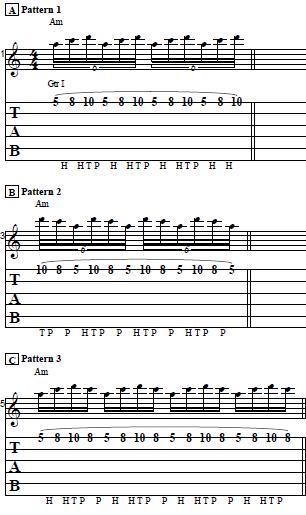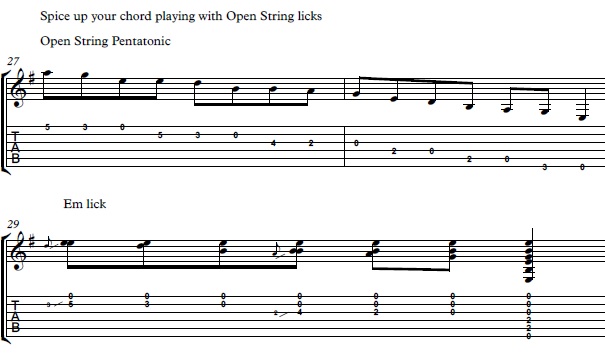Hey guys,
This is Cameron with another cool guitar lesson…
Today he will teach you a cool bebop lick!
Hope you enjoy it!
Jazz Guitar Lesson – Learn How to Play a Cool Bebop Guitar Lick – Part 1
Hello. This is Cameron Rasmussen for guitarcontrol.com.
Hey, everybody. Today we’re going to be talking about bebop.
Now, bebop is a sub genre of jazz music and it is a very hard
genre of jazz music. It involves playing a very fast solo line
or melody line with lots of chromatic approaches that resolve
to chord tones over very fast moving chord changes that are
just flying by at a very fast tempo.
It’s because of the speed and everything going on that makes
it a hard genre to play. It’s a hard genre even for experienced
professionals to play sometimes, depending on what the changes
are and depending on what kind of key it’s in and there are so
many different factors that come into it.
This first approach I’m going to be showing you today for bebop
soloing is using only one chord, not all of the fast-moving chord
changes that you’d usually find in a bebop tune. On this one
chord we’re going to add lots of chromatic approaches, but to
solidify the sound of the chord you need to land on a chord
tone on the strong beats of a bar, like the one, two, three
or four. And the chromatic approaches should land on the
upbeats, like the and of one, two, three or four.
As long as you come back and land on a strong beat with
a chord tone, even if you haven’t come back to it every
strong beat using lots of chromatic approaches before
then, as long as it resolves on a strong beat with a
chord tone you’ll still get the sound of the chord with
cool chromatic approaches in your line.
Today I’m going to be showing you a lick in E mixolydian that
I made up using chromatic approaches and this approach
to doing a bebop solo. So here we go. All right, guys,
here’s the lick slow. So that was the lick of the day.
You could hear in the line I was playing, the chord I was
trying to imply because of how I was using the chord tones.
The chord tones were always landing on strong beats and
all the chromatic approaches just fit around that on upbeats
and they always resolve to a chord tone on a strong beat.
That is the goal in any bebop solo. You want to be able to
hear the chord that you’re playing over in your solo without
somebody playing it behind you or playing it yourself.
All right, everybody, please click the link in the video
description if you’d like to see the tab for what I’ve
shown you today and I’ll see you next time.





